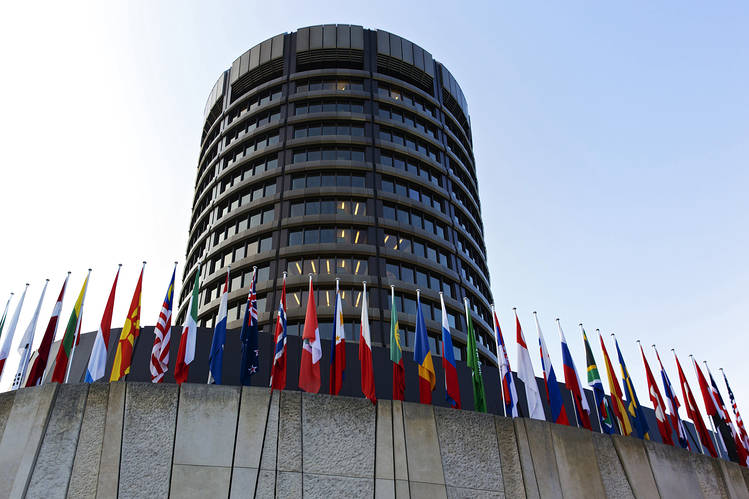The Bank for International Settlements (BIS) has just released its Prudential Treatment of Cryptoasset exposure report for December 2022. In it, they have unveiled a new policy that allows banks to hold 2% of their reserves in cryptocurrency.
This document has arrived following the summer’s second consultation on the prudential treatment of banks’ exposure to crypto assets. Therein, allowing a 1% reserve in crypto from banks. Feedback has led the BIS to this finalized “prudential standard.” The policy will go into effect on the first of January 2025 and outlines various facets of how crypto assets are to be categorized and treated.
JUST IN: Bank of International Settlements announces a new policy that allows banks to hold 2% of reserves in #cryptocurrency.
It has been a cold crypto winter that has perfectly capped a rather down year for the industry. As various digital assets were already performing poorly, the collapse of FTX charted a turn for the worst. Now, the industry is attempting to move forward with a renewed look into the coming year, and the needs of the market.
Amidst the challenges, the Bank for International Settlements has just published a new policy that will allow banks to hold 2% of their reserves in cryptocurrency. Moreover, the decision was highlighted in the Prudential Treatment of Cryptoasset exposure document that arrived this month.
June’s release of the BIS’s second consultation on the prudential treatment of banks’ exposure to crypto assets outlined similar facets of categorization. Conversely, that document implemented the policy to allow banks to keep 1% of reserves in cryptocurrency. Subsequently, that has been raised by a percentage point.
The document outlines the two distinct groupings of crypto assets; Group 1 and Group 2. The first grouping is defined as both “tokenized traditional assets,” and digital assets “with effective stabilization mechanisms.” Additionally, Group 2 is defined as digital assets that “fail to meet an of the classification conditions.”
Additionally, the document notes that banks’ exposures to group 2 crypto assets “must not exceed 2% of the bank’s Tier 1 capital,” within their reserves. The development paves the way for banks to grow their reserves in cryptocurrency. Specifically, within the specific thresholds laid out by the BIS.
Disclaimer: Our articles are NOT financial advice, we are not financial advisors. All investments are your own decisions. Please conduct your own research and seek advice from a licensed financial advisor.
Author
Administraroot


